
- Home
- Photography Tours
- Diary / Blog
- Galleries
- Foreign Trips
- Tasmania 2016
- NE Queensland 2016
- Western Alps 2016
- NE Spain 2016
- Australia's Wet Tropics 2015
- Australia's Top End 2015
- SW Australia 2015
- Switzerland 2015
- Andalucia 2015
- Belize 2015
- Australia 2014
- Switzerland 2014
- Belize 2014
- Bahama Islands 2014
- Switzerland 2013
- Ecuador 2012-2013
- Florida 2011-2012
- Vancouver Island 2011
- Australia 2010
- Peru 2008
- Bulgaria 2007
- Lesvos 2006
- California 2006
- New Zealand 2005
- Extremadura 2005
- Goa, India 2004
- The Gambia 2003
- About
March 2014
7th-13th March 2014
La Milpa, Belize (part 2)
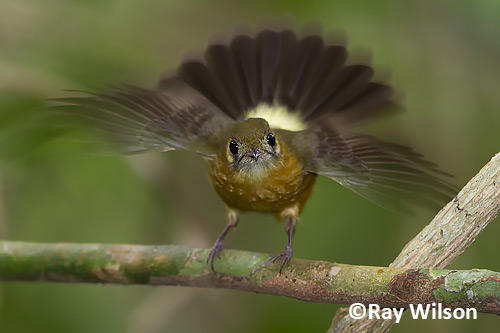
Sulphur-rumped Flycatcher (Myiobius sulphureipygius)
During the heat of the day, when the bird activity elsewhere had dropped to practically zero, I gravitated towards the "dump". Not the most glamorous or fragrant of locations, this is where the lodge staff discard the kitchen waste, deep in the cover of the forest. The flies swarming over the rotten fruit and food waste attract a multitude of birds and even during the middle of the day, there was always something to watch. Unfortunately, "Doctor Flies", a particularly voracious type of deerfly (Tabanidae) with a tendancy to bite on your knuckles, were also common here and after 3 days my fingers were swollen to twice their normal size from all the bites I received and I unfortunately had to stop visiting this site for the sake of my sanity and the desire to not have to spend another sleepless night from the pain in my hands..
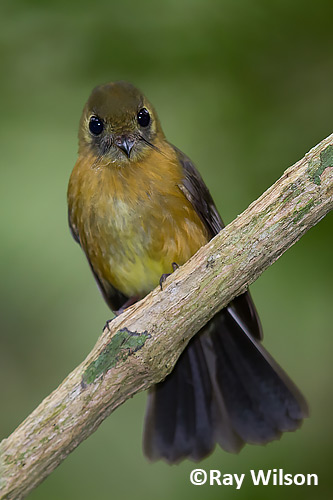
Sulphur-rumped Flycatcher (Myiobius sulphureipygius) |
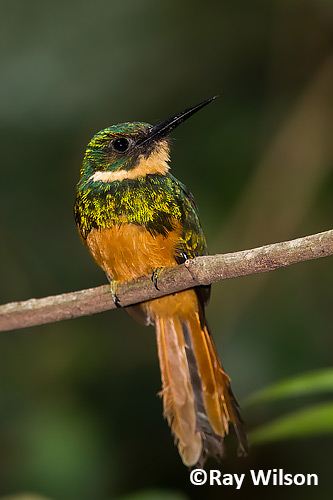
Rufous-tailed Jacamar (Galbula ruficauda) |
One of the commonest birds in the understorey of the forest interior is the Sulphur-rumped Flycatcher. Its large eyes are an adaptation to help it see better in the gloom of the forest floor.
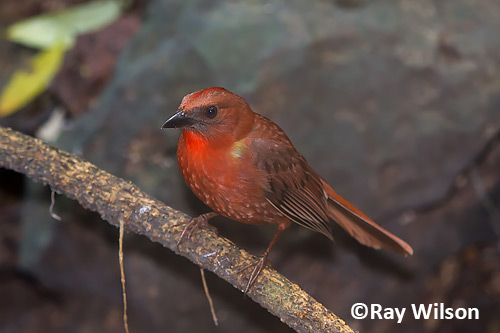
Red-throated Ant-tanager(Habia fuscicauda)
Red-throated Ant-tanagers were also very common and there was usually at least one present at the dump.
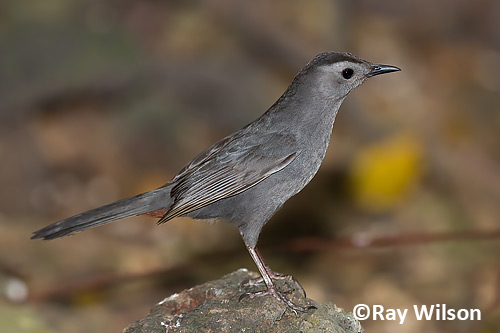
Grey Catbird (Dumetella carolinensis)
Grey Catbirds are winter visitors to Belize and were very common in the understorey of the forest.
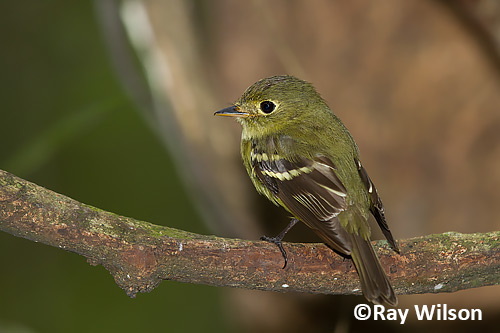
Yellow-bellied Flycatcher (Empidonax flaviventris)
Other North American visitors who put in an appearance at the dump included Yellow-bellied Flycatcher, Louisiana Waterthrush, Northern Waterthrush, Ovenbird, Hooded Warbler, Kentucky Warbler, Magnolia Warbler, White-eyed Vireo and Wood Thrush.
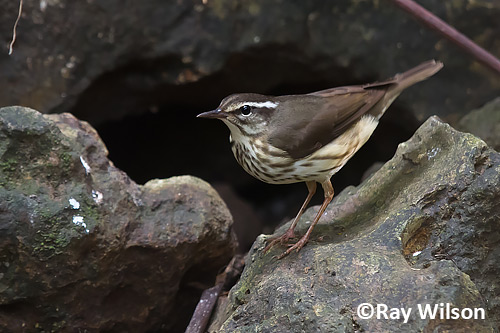
Louisiana Waterthrush (Seiurus motacilla)
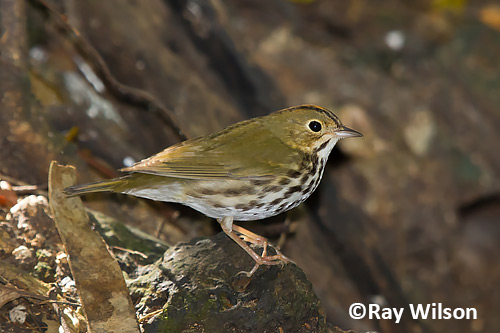
Ovenbird (Seiurus aurocapilla)
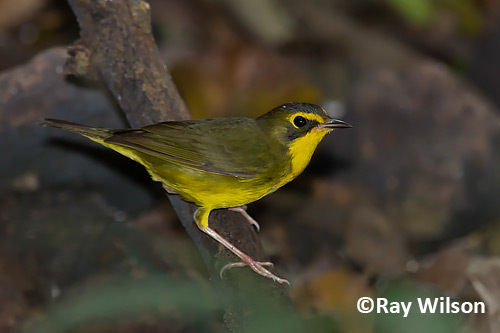
Kentucky Warbler (Oporornis formosus)
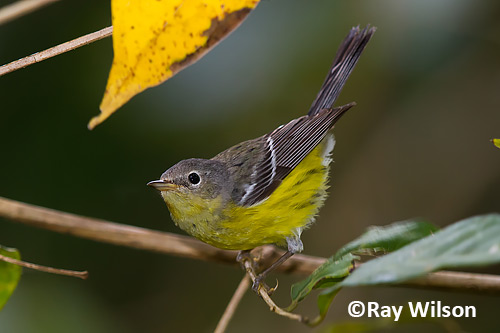
female Magnolia Warbler (Dendroica magnolia)
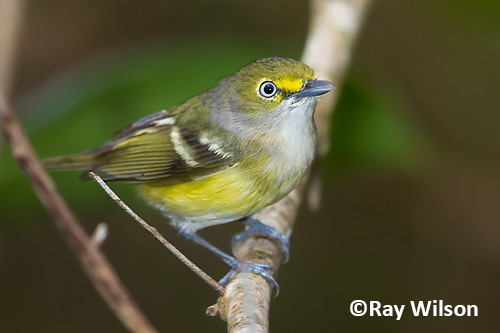
White-eyed Vireo (Vireo griseus)
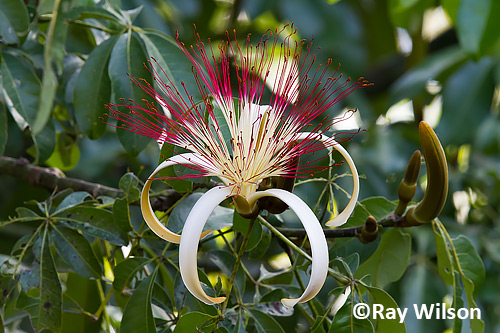
flower of the Shaving-brush Tree (Pseudobombax ellipticum)
Each of the large, showy flowers of the Shaving-brush Tree, a member of the Mallow family (Malvaceae), only last 1 day. By the afternoon they have gone brown and withered and fall to the forest floor to be replaced by new blooms the following night.
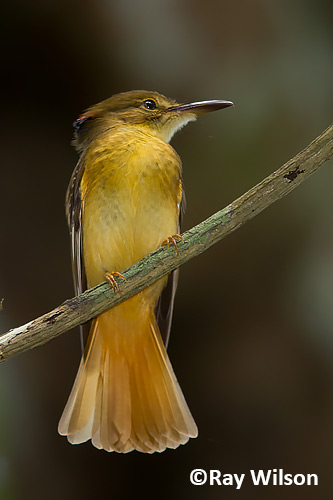
Royal Flycatcher (Onychorhynchus coronatus ) |
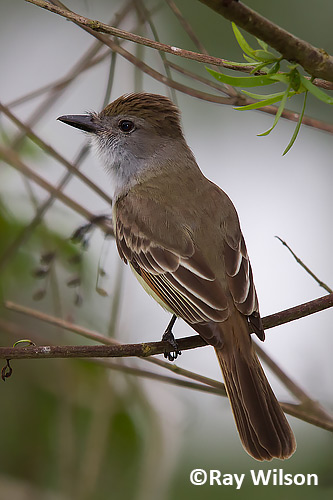
Yucatan Flycatcher (Myiarchus yucatanensis) |
Royal Flycatchers were relatively easy to locate at La Milpa due to their habit of building their hanging nests over the tracks.
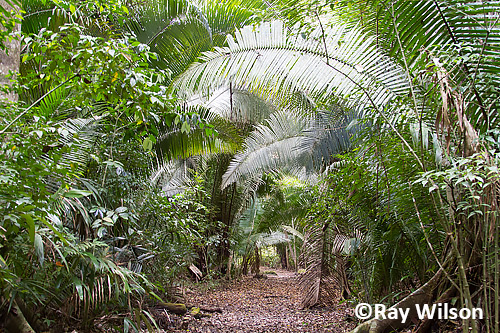
a typical forest trail at La Milpa
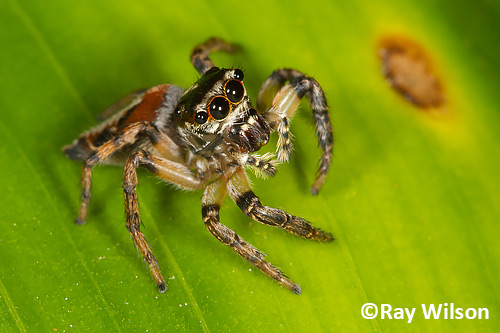
Jumping Spider (Salticidae)
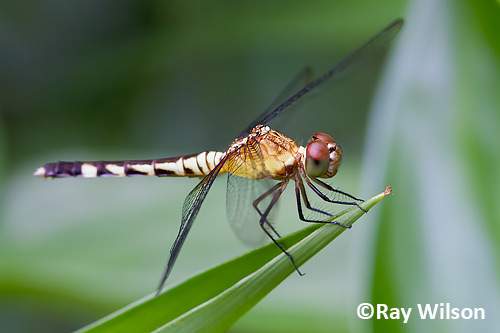
Dragonfly (Anisoptera)
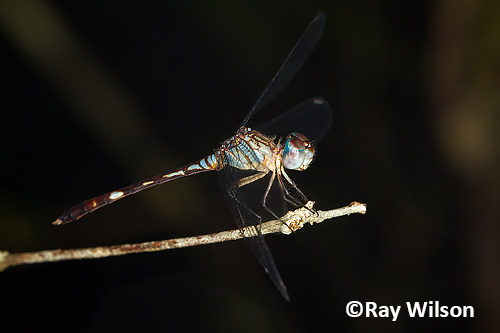
Dragonfly (Anisoptera)
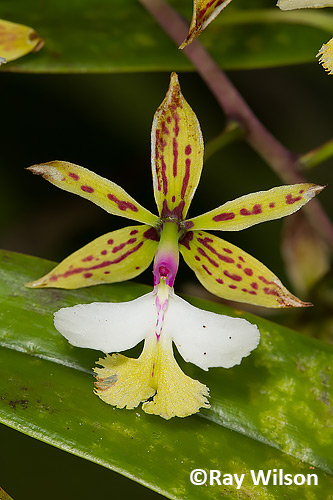
Epidendrum stamfordianum (Orchidaceae) |
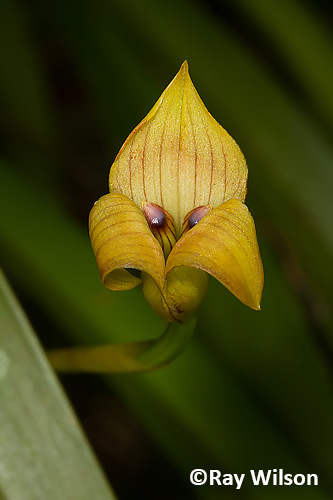
"Dragon's Mouth" Orchid (Trigonidium egertonianum) |
Pollination by sexual deception is rare in neotropical orchids, but Trigonidium egertonianum (above right) is one of the exceptions. The irridescent blue tips to the petals in the mouth of the flower mimic a female bee. When male bees attempt to mate with the "female" they fall into the flower and either pick up pollen or deposit it while trying to escape.
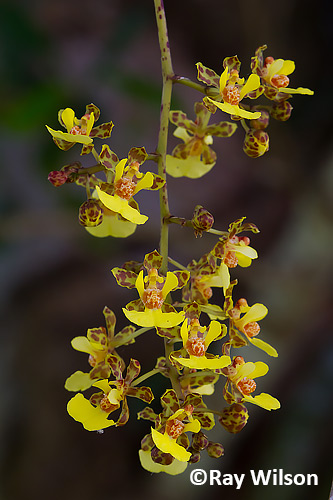
Trichocentrum ascendens (Orchidaceae)
Ray Wilson owns the copyright of all images on this site.
They may not be used or copied in any form without prior written permission.
raywilsonphotography@googlemail.com